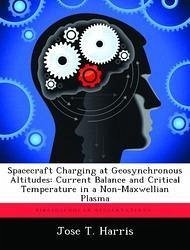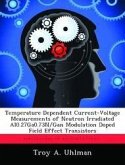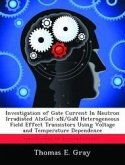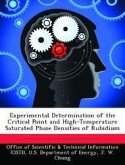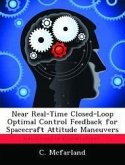Spacecraft charging threatens to disable spacecraft components and adversely impact any satellite function. Electrostatic charge, and especially discharge, can hinder the proper operation of, or destroy, spacecraft components, thereby rendering the spacecraft ineffective or inoperative (Prokopenko and Laframboise, 1980:4125). The level of charging is dependent on the particle energy (speed) distribution. Current spacecraft design and materials provide limited protection against the dangers of electrostatic discharge, and active measures such as beam emission are also employed. The goal of this thesis is to investigate the kappa distribution as an alternative to the Maxwellian distribution as a method of predicting the onset of significant spacecraft charging by extending the research of Lai and Della-Rose (2001). Their work demonstrated the existence of critical (electron) temperatures above which the onset of significant spacecraft charging occurs. Below this critical temperature, significant charging does not occur (Lai and Della-Rose, 2001:927). Space plasmas are known to exhibit non-Maxwellian distributions at high (> 10 keV) energies (Vasyliunas, 1968:2840), and this knowledge provides the motivation for extending the work of Lai and Della-Rose to the kappa distribution. Solving the current balance equation is central to this area of research. Data from Los Alamos National Laboratory scientific instruments onboard geosynchronous satellites were analyzed to determine the efficacy of the kappa approach. However, the results of this thesis suggest that the kappa distribution, though superior to the Maxwellian at modeling high-energy particles (electrons), may be no better at determining charging onset.

